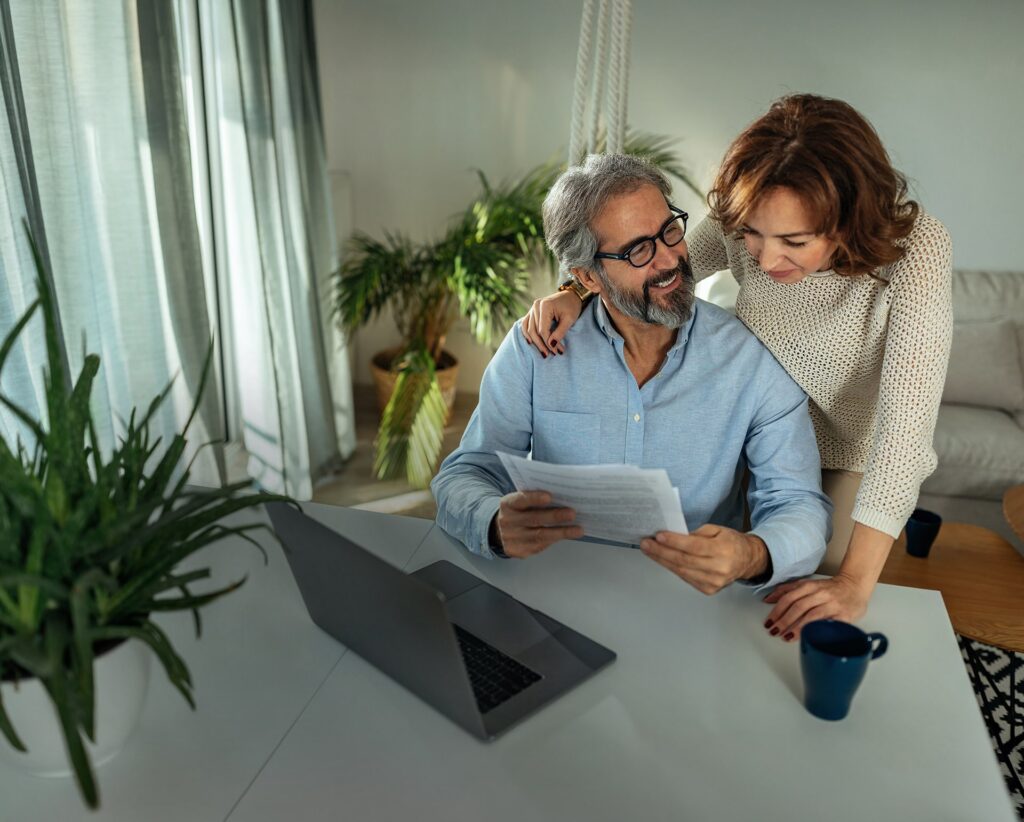At the beginning of the month, many of us find a familiar envelope in the letterbox – an invoice waiting to be paid. But have you ever thought about what impact the monthly sending of tens of thousands of paper invoices has on nature?
1. A sequence of numbers gives rise to an invoice
The creation of a paper electricity invoice begins in the company’s systems, where thousands of rows of consumption data are processed. These are converted into a readable invoice, to which logos, amounts and payment details are added.
2. The printing house gives the invoice its form and packages it
In the printing house, a digital file becomes a physical paper invoice. The printer prints the invoice, and a machine folds it into an envelope and seals it. Each month, 165 kilograms (66 packs) of A4 paper and 200 kilograms of envelopes are used for printing Enefit’s customers’ invoices.
3. Several stages of sorting
The glued and addressed envelopes then travel from the printing house to the central sorting centre. There, thousands of envelopes race along conveyor belts until they are distributed by region according to their destination address. It is a precise process in which every letter reaches the right place.
This is followed by the journey to regional postal centres. The local centres divide the mail among postmen, who begin their daily rounds to ensure that every letter reaches the right letterbox at the right time.
What is the energy consumption of this journey?
All of the above activities require electricity and fuel.
Enefit sends out nearly 400,000 paper invoices a year. About 76,000 kWh of electricity is used for producing, printing and enveloping these invoices – the same amount of energy as is used in a year by households living in about 30 flats or 10 houses. Additional energy consumption also arises from the sorting and home delivery of the invoices. An estimated 150–250 litres of fuel are used each year to transport Enefit’s paper invoices from the printing house to the doorstep.
The invoice reaches you – but what happens next?
After the postman has delivered the invoice, you look at the amount and pay the invoice. But what happens to the paper afterwards?
1) Does it stay lying on the corner of your desk collecting dust?
2) Do you sort it into the paper and cardboard container?
3) Do you tear it into pieces and throw it in the bin?
The invoice contains your personal data, which should be protected. If you simply throw it in the bin, the data may end up in the wrong hands. A paper invoice should be shredded or taken to a special collection point where it will be destroyed in accordance with requirements. Sounds tedious, doesn’t it?
E-invoice – an easy way to save
An e-invoice is the fastest, safest and most environmentally friendly way to receive and pay your invoice, and it’s easy to dispose of afterwards. With an e-invoice, there’s no environmental impact from paper production, delivery or waste handling. In addition, the invoice reaches you instantly.
If all paper invoices were replaced by e-invoices, we would save tonnes of paper and thousands of litres of fuel in Estonia every year. This benefits the environment, helping to reduce deforestation, air pollution and greenhouse gas emissions, while also generating less waste. In this way, we keep our planet cleaner and more vibrant.
If an Enefit paper invoice still arrives in your letterbox but you’d like to switch to an e-invoice, you can change your preference in self-service or by calling Enefit’s customer service on 777 4040.
Choose the e-invoice and recommend it to your loved ones too! It’s better for the environment and protects your data more effectively.



